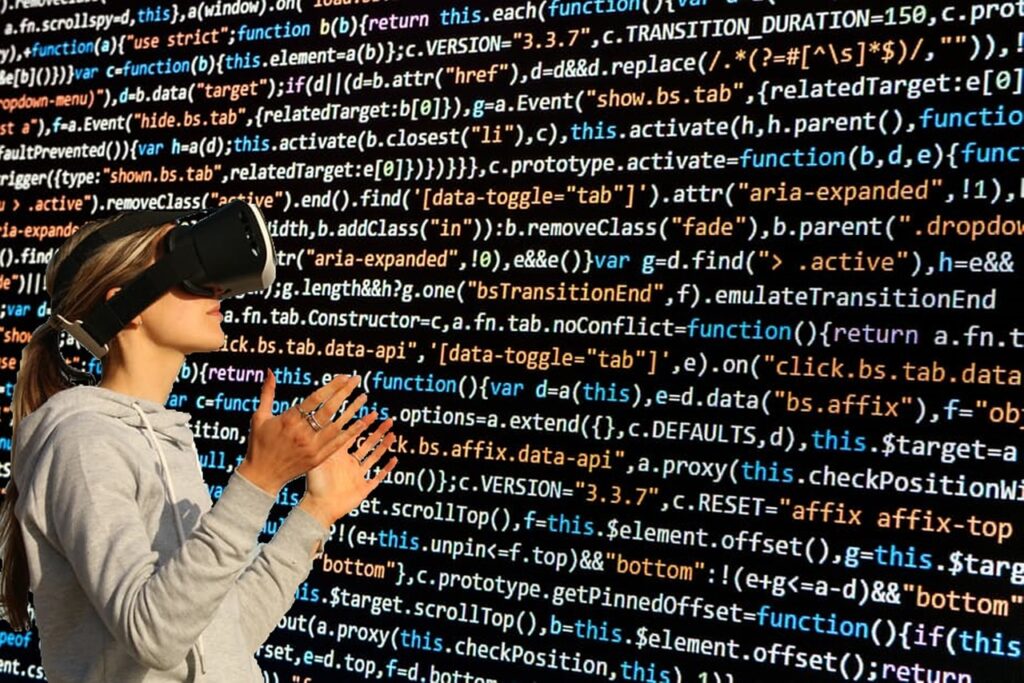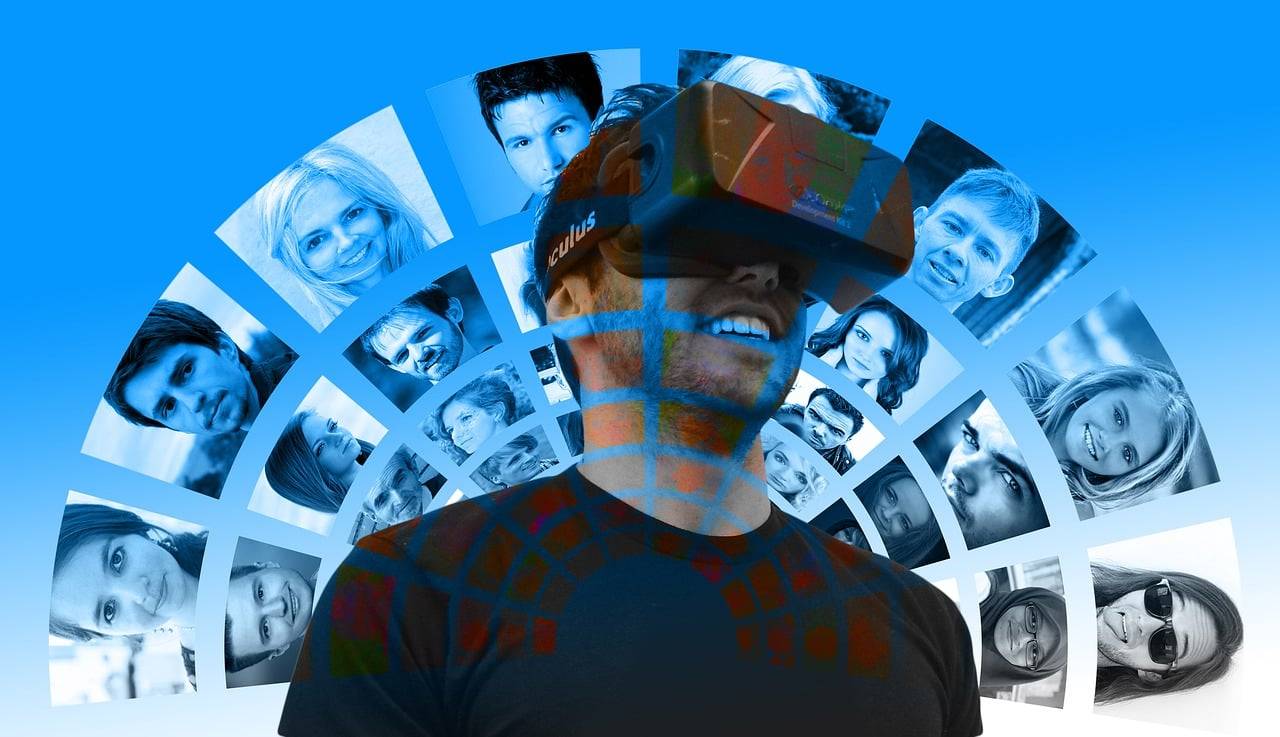Introduction
In our rapidly evolving world, technology continues to advance at an unprecedented rate. One of the most captivating technological advancements to emerge is virtual reality (VR). With its ability to transport users to simulated environments, VR has revolutionized numerous industries, including gaming, education, healthcare, and more. This comprehensive guide aims to delve deep into the inner workings of virtual reality and explore the captivating realm it offers.
The Foundations of Virtual Reality
Virtual reality is an immersive experience created through a combination of hardware and software components. Key elements of a VR system include a head-mounted display (HMD), input devices, and a powerful computer or gaming console. By integrating these components, virtual reality enables users to perceive and interact with a simulated world that replicates reality or presents an entirely fictional realm.
The Role of the Head-Mounted Display (HMD)
At the heart of any virtual reality experience lies the head-mounted display, commonly known as the HMD. This device encompasses a high-resolution display and is worn on the user’s head, providing a 360-degree field of view. By donning the HMD, users are transported into a digital environment where they can explore and interact with their surroundings.
Immersive Audio and Spatial Sound
To enhance the virtual experience, high-quality audio plays a crucial role. Spatial sound technology is employed to create an auditory environment that matches the visual simulation. By utilizing advanced algorithms and multiple speakers, spatial sound enhances immersion by replicating real-world audio cues. This allows users to accurately locate and identify sounds within the virtual space, further blurring the line between reality and the digital realm.
Tracking and Input Devices
For true interactivity, virtual reality systems utilize various tracking and input devices. These devices capture the user’s movements and translate them into the virtual environment. Common tracking methods include infrared sensors, accelerometers, and gyroscopes, which work in harmony to monitor the user’s position and orientation in real time. Input devices, such as handheld controllers or gloves, enable users to interact with objects and manipulate the virtual world.
Rendering and Graphics
To create visually stunning virtual worlds, powerful computer systems equipped with advanced graphics processing units (GPUs) are employed. The graphics pipeline in virtual reality applications focuses on achieving high frame rates and low latency to ensure a smooth and seamless experience. Cutting-edge rendering techniques, such as real-time ray tracing and global illumination, enable the creation of lifelike visuals, further enhancing immersion.
Virtual Reality Applications
Virtual reality has transcended the realm of entertainment and gaming, finding applications in various industries. Let’s explore some of the sectors benefiting from this groundbreaking technology:

1. Gaming and Entertainment
Virtual reality has revolutionized the gaming industry, offering players an unparalleled level of immersion. From exploring fantastical worlds to engaging in intense virtual battles, VR gaming delivers an entirely new level of interactivity and realism. With the ability to interact with objects and characters in the virtual space, gamers are transported into an entirely new dimension of play.
2. Education and Training
In the field of education, virtual reality opens up exciting possibilities for immersive learning experiences. Students can delve into historical events, explore far-off lands, or even dissect virtual organisms, all from the comfort of their classrooms. VR also finds extensive use in professional training, simulating real-life scenarios for medical professionals, pilots, and military personnel, allowing them to practice and hone their skills in a safe and controlled environment.
3. Healthcare and Therapy
Virtual reality has made significant strides in the healthcare industry. From pain management to mental health treatments, VR offers therapeutic benefits for patients. It has proven effective in reducing anxiety, managing chronic pain, and aiding in rehabilitation. Additionally, surgeons utilize VR simulations for preoperative planning, enhancing precision, and minimizing risks during complex procedures.
4. Architecture and Design
Architects and designers leverage virtual reality to create immersive walkthroughs of buildings and spaces that are yet to be constructed. By visualizing architectural plans in VR, stakeholders can gain a realistic understanding of the space, make informed decisions, and identify potential design flaws before any physical construction takes place.
The Future of Virtual Reality
As technology continues to evolve, the future of virtual reality holds immense promise. Advancements in hardware and software are paving the way for more affordable, portable, and accessible VR systems. Additionally, the integration of artificial intelligence and haptic feedback technologies will further enhance the immersive experience, allowing users to not only see and hear but also touch and feel objects within the virtual environment.
Conclusion
Virtual reality has emerged as a game-changing technology, offering unparalleled immersive experiences across various industries. Through the amalgamation of cutting-edge hardware, sophisticated software, and lifelike graphics, VR has redefined the way we interact with digital content. As we continue to push the boundaries of technological innovation, virtual reality holds the potential to reshape the future of entertainment, education, healthcare, and beyond.
